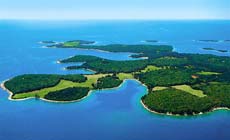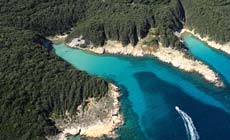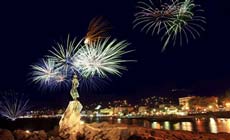Itinerary
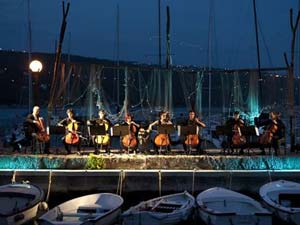
Day 1 Opatija
Also known as the pearl of the Adriatic sea, Opatija is located below the mountain and nature park of Ucka. Up until the present day, lush green sceneries and a very pleasant climate have remained a tourist attraction. Previously known as Abbazia, Opatija offer various attractions all year round such as festivals, concerts, exhibitions and conventions that tourists cannot afford to miss. The eccentric nature, beautifully maintained public gardens, old Austrian villas and the 12km long illuminated seaside known as “Lungomare” provide a stunning backdrop for the residents of the villas and hotels. Both the hotels and villas have been attracting tourists from around the world and especially Europe for more than 160 years.
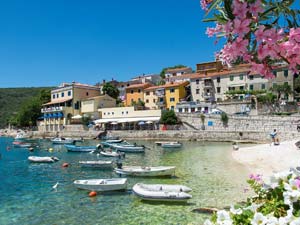
Day 2 Rabac
Although 10,000 tourists can be accommodated in hotels, camping sites and private accommodations, the town still retains its fishing spirit. Rabac is known for its string of beaches, small bays, lush Mediterranean vegetation, numerous restaurants and tiny coves. Also, local cuisine is offered which is very tasty, the fishermen and excursion boats that hang around leave the harbor at sunset and the town is full of hospitable locals who have interwoven perfectly with the modern cosmopolitan world. In 1876, Richard Francis, both a traveler and writer wrote a book titled “The Istrian Coast” which was about the beauties and charm of Rabac among other things.
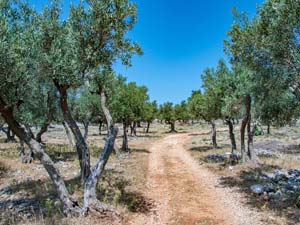
Day 3 Cres
Cres is marked with the following; three town gates (16th Century), a Benedictine Monastery (15th Century), church of St. Isidor and Franciscan Monastery (12th Century), the medieval harbor “Mandrac”, a round corner tower, the church of our Lady of Snow (16th Century), and the remains of town walls. Because of its size, Cres is the first island of the Adriatic. However, its southern part (Osor town) is directly linked to Losinj island by means of a trestle bridge. Its coastline is 248km long and is one of the few remaining natural habitats of the griffon vulture. Lake Vrana deserves recognition as it has an unusual aspect. The lake is above sea level yet its bottom falls deeper than the sea by 74m..
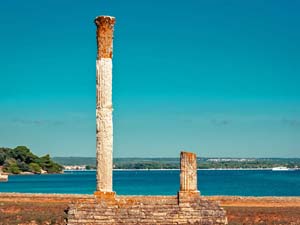
Day 4 Brijuni
Brijuni consists of twelve smaller islets an a group of other larger islets located near Pula, on the west coast of Istria. Both the surrounding sea and the archipelago are protected as a National Park but are open to visitors. This part of the world was visited by the elite of the Hungarian, German and Austrian aristocracy during the Austro-Hungarian monarchy rule. These islands are rich in natural beauties, among them being 680 local and exotic plant species, 150 bird species brought from all over the globe. When it comes to history and culture, Brijuni is famous for the following; an archeological site (the Byzantine castoreum), a collection of frescoes, a natural history exhibit, a luxurious roman villa, an archeological museum, and various Ethnographic collections.

Day 5 Mali Losinj
Mali Losinj is commonly known by its sea tradition. Annunziata is a church of Mary’s announcement located at the cape of the Cikat bay. Women used to wait here and pray that their husbands return home safely. In the year 1892, Veli and Mali Losinj were declared climatic spas, which in turn, opened economic realms primarily, tourism. The bridge that is placed at the entrance of Mali Losinj just above the channel was ditched through the narrowest section of the island. The two pieces of land became connected by a movable bridge in order to make it possible for the entrance of smaller boats and yachts into the harbor.
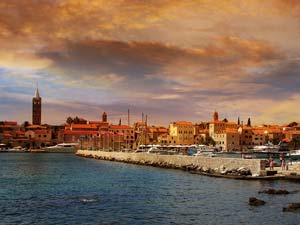
Day 6 Rab
Located on a small peninsula, Rab is surrounded by four walls that resemble a ship that sails, complete with the sails. The past has not been kind for Rab, and the evidence is clearly shown. The change in leadership led to the development of different archeological vestiges. The town is full of medieval buildings that can be traced back to the Venetian rule around the 13th Century. Some areas still have traces of the town walls. However, the 93.6 square km island of Rab is one of the greenest areas in the entire Adriatic. Covered in a pine forest and sandy beaches, Rab has a mild climate known to have a healing influence for respiratory and heart diseases.
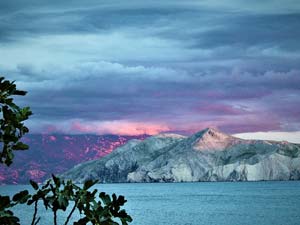
Day 7 Krk
Krk is the holy grail of architecture because of the following; the Cathedral of the Assumption (5th century), St Margaret and St Quirinus (11th century), the bell tower (18th century). Also included are the churches of St Krsevan (5th century), Kamplin Square, Frankopan castle, town hall (15th century), Square Tower (12th century), a Renaissance fountain and finally properly preserved Roman period units that are within the city walls. The 11th century inscription of Glagolitic Krk is located inside the canon’s house. The island’s seven historical castles are also its administrative centers. There are also seven dialects spoken here, including Croatian with seven more dances and costumes.
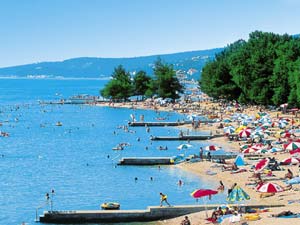
Day 8 Crikvenica
Crikvenica is located on the Kvarner bay in the Adriatic Sea, about 35km from Rijeka which is the centre of the Primorje and Gorski Kotar districts. The small town stretches some 28km on the coastal zone which goes for about 15km in length and 2km in width. The town is squeezed between the elongated littoral reef and the sea. Crikvenica’s sandy beach is its most beautiful attraction on the northern Adriatic. The entire town of Crikvenica is a Rivera with a number of almost connected tourist resorts. The town has more than a hundred years of tourism tradition..
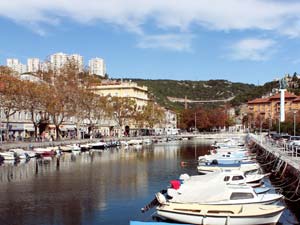
Day 9 Rijeka
Rijeka is the largest Croatian port and is located at a point whereby the sea makes its deepest incision into the European continent. The most outstanding activities on this port are shipping, shipbuilding, harboring and tourism. However, Rijeka began its path of growth in the 13th century with the fortification of Tarsatica, but the most significant development came along in 1728 when the Caroline road and railway link was completed. Over time, Rijeka has emerged as one of the leading harbors in the Mediterranean Sea. Between 1920 and 1924, Rijeka was made a free state as a result of the Treaty of Rapallo that was between Italy and the kingdom of Yugoslav.

